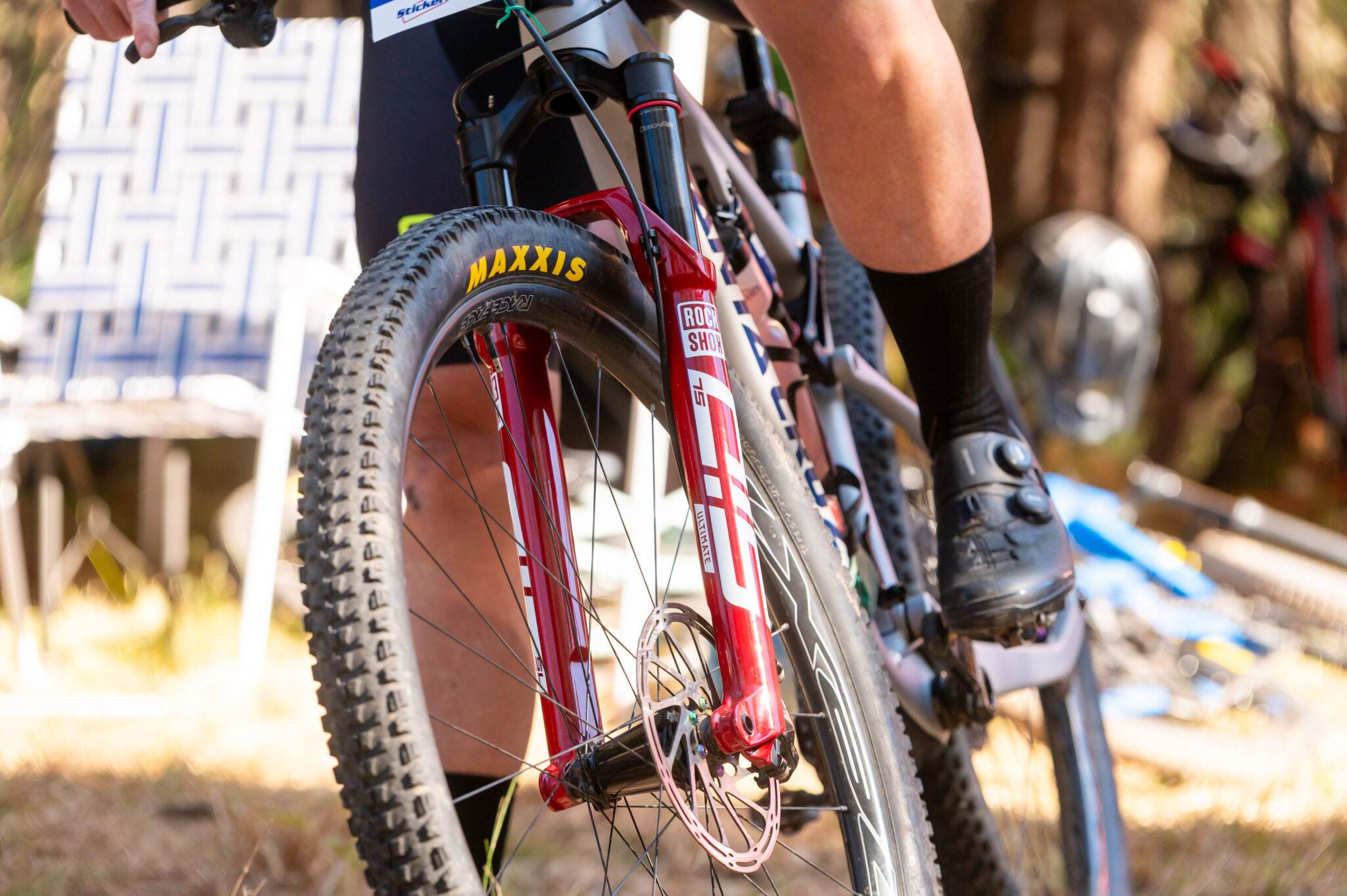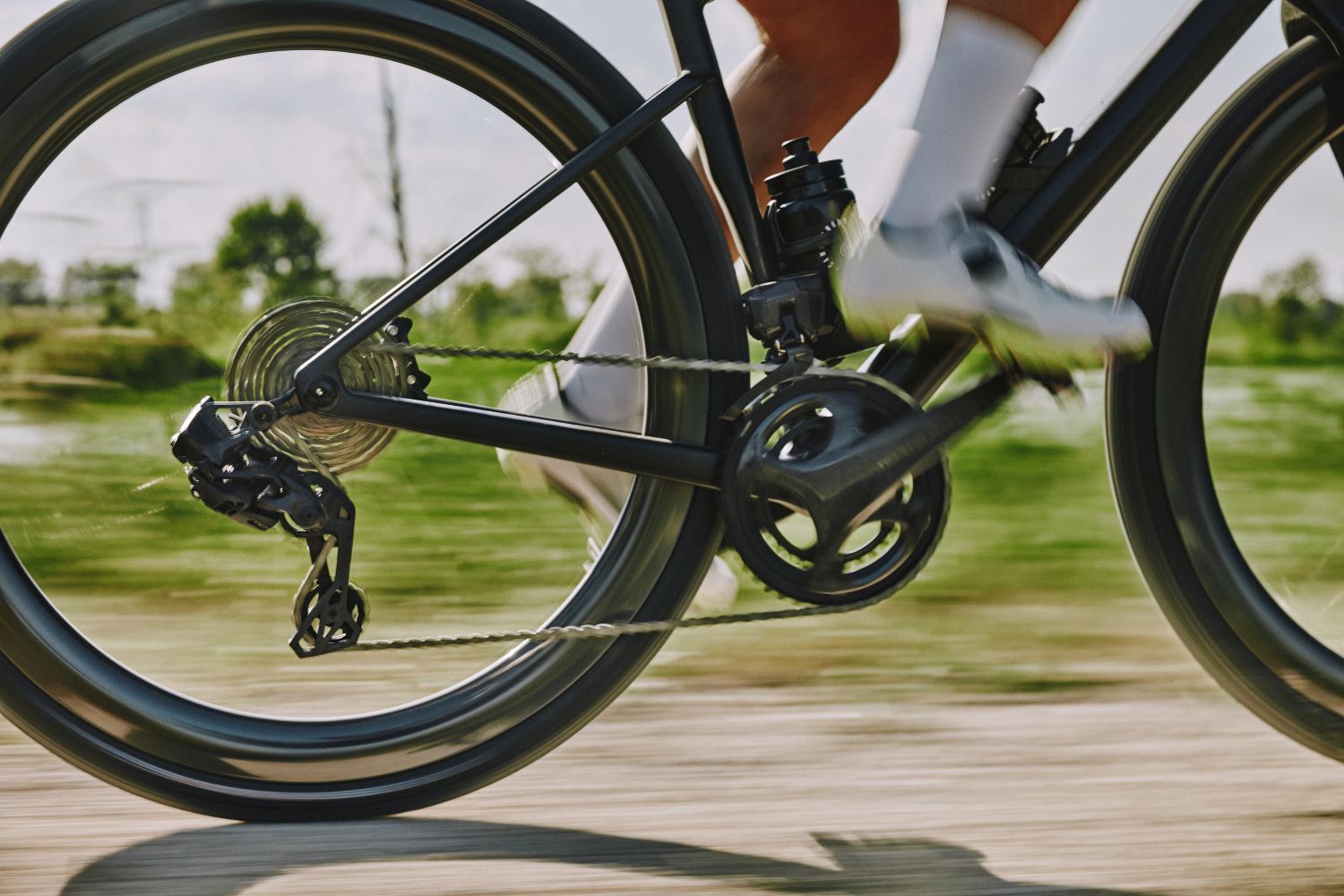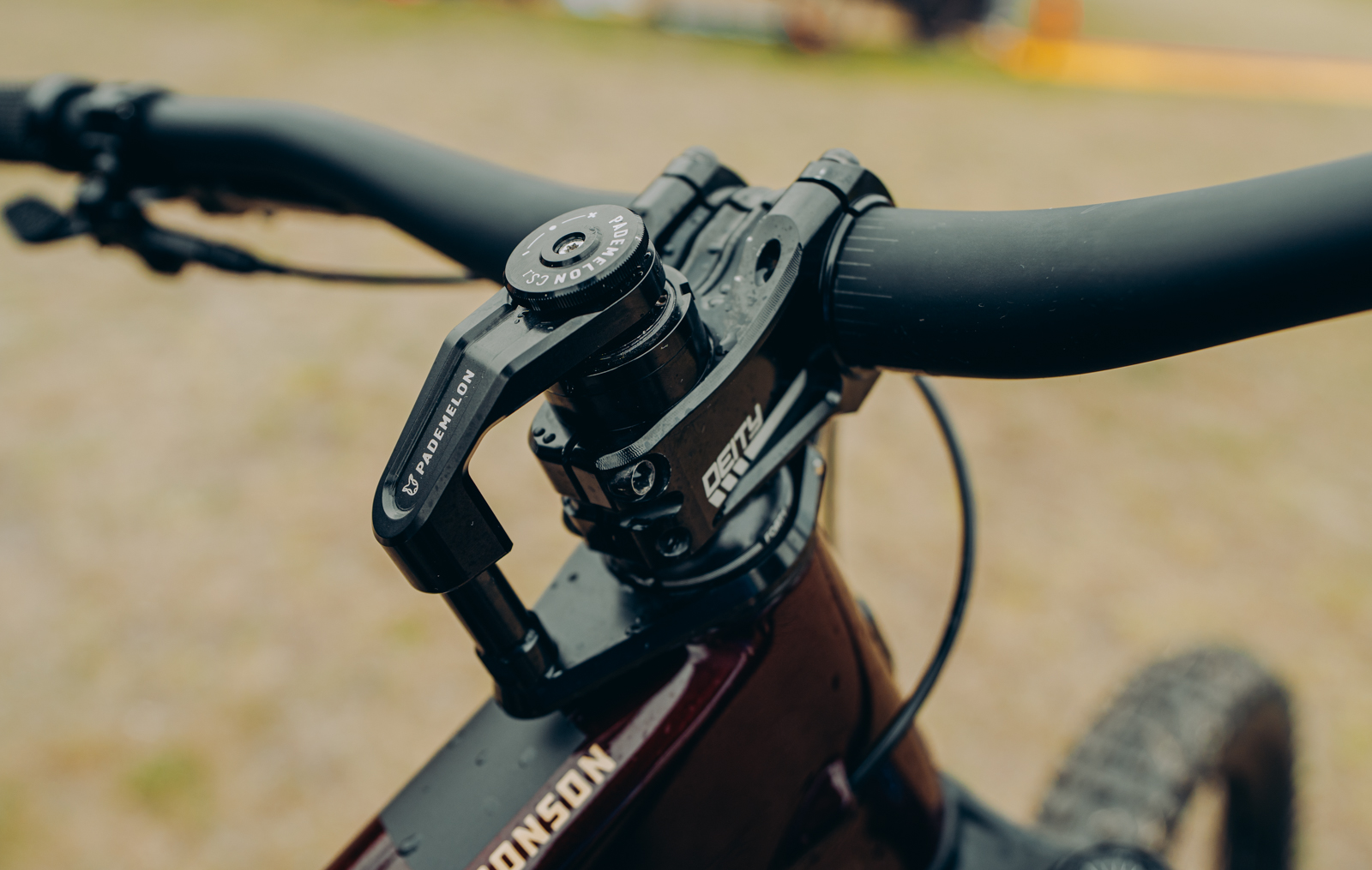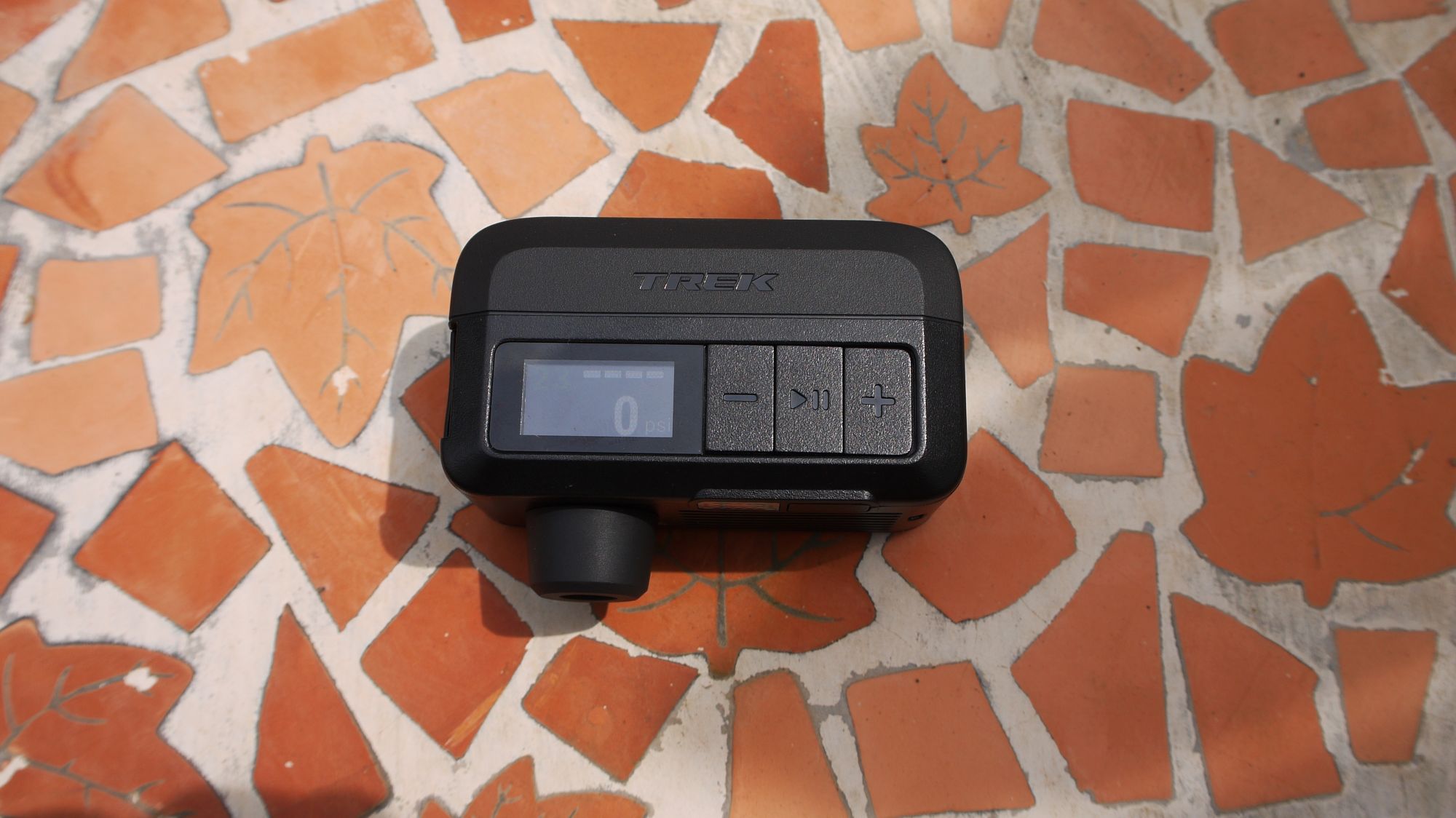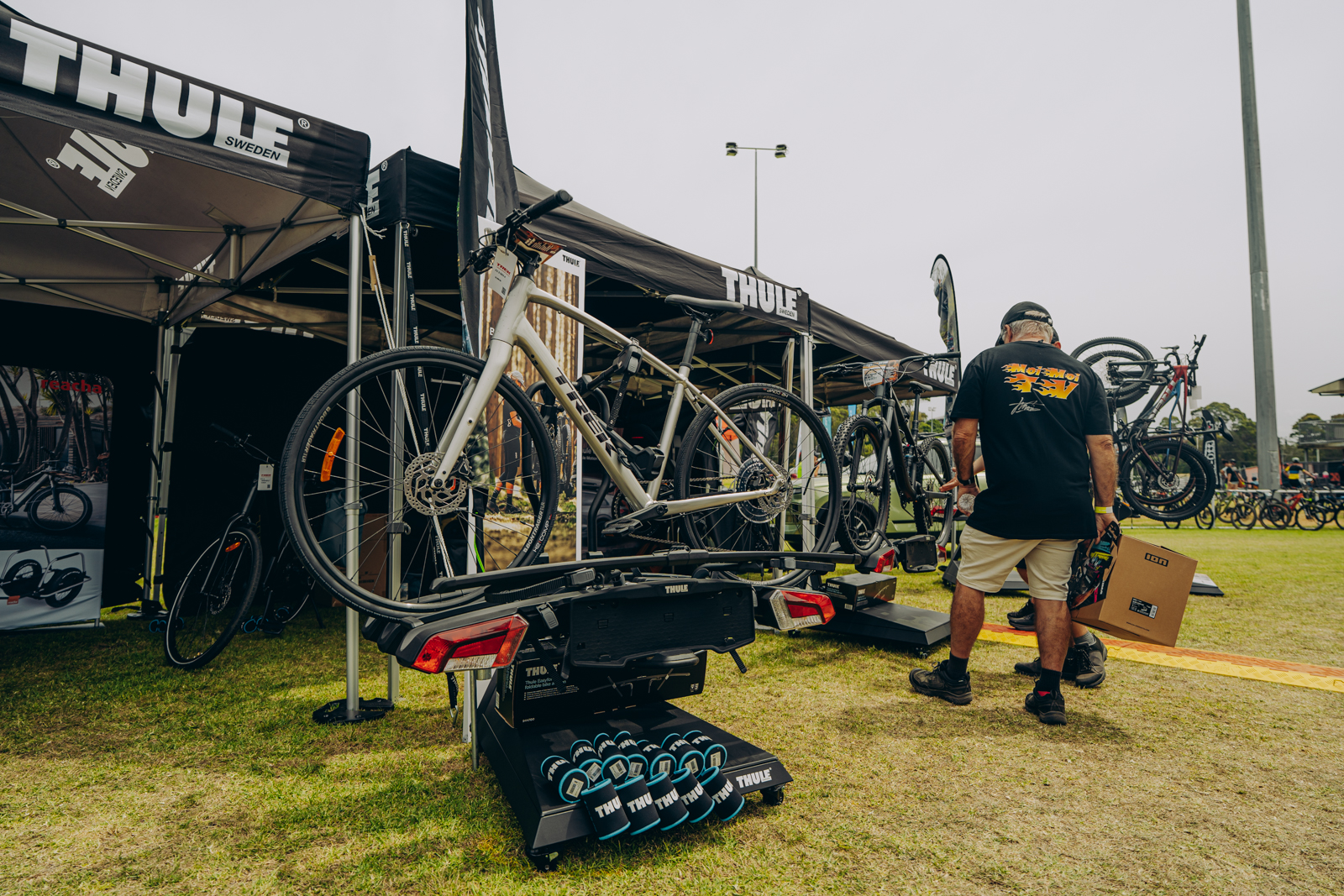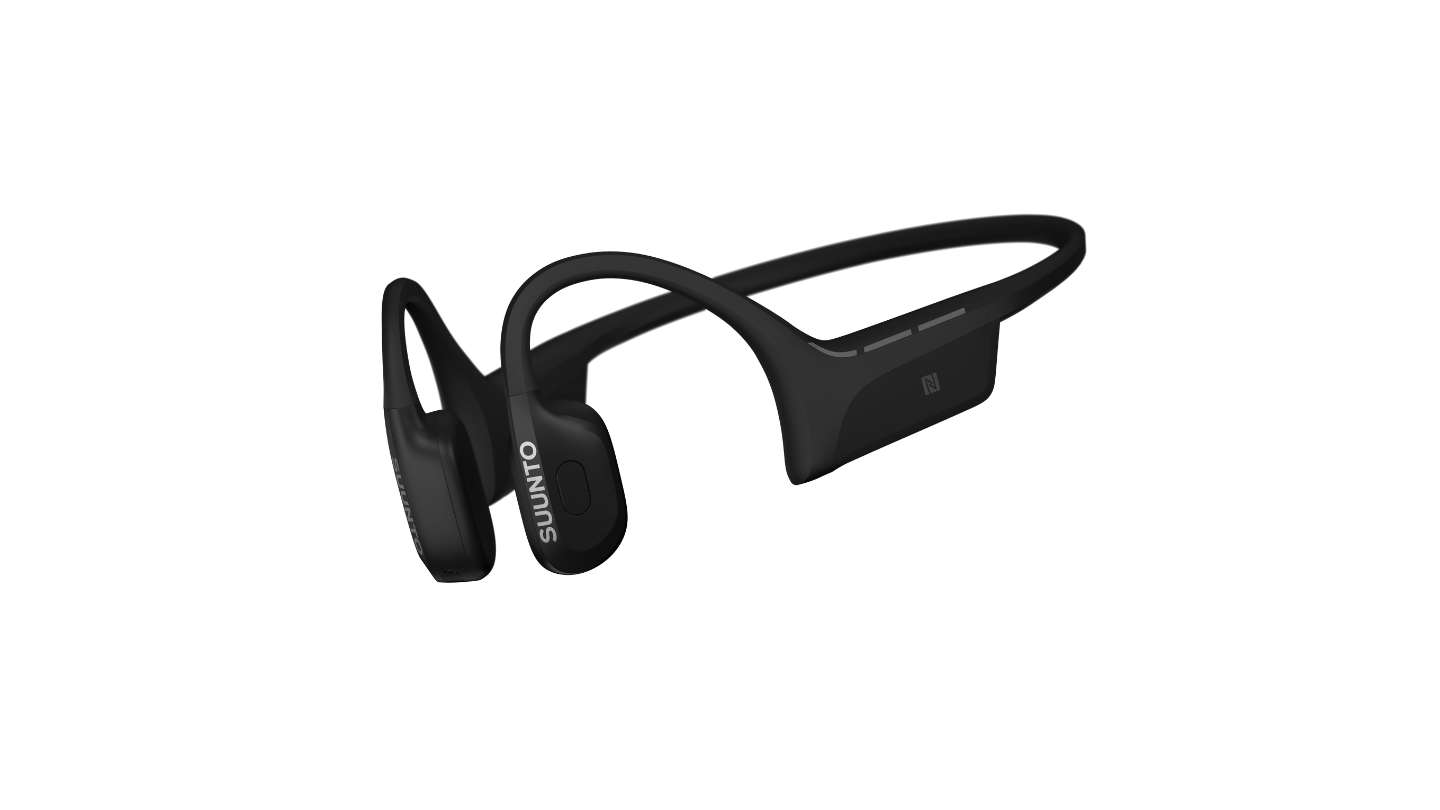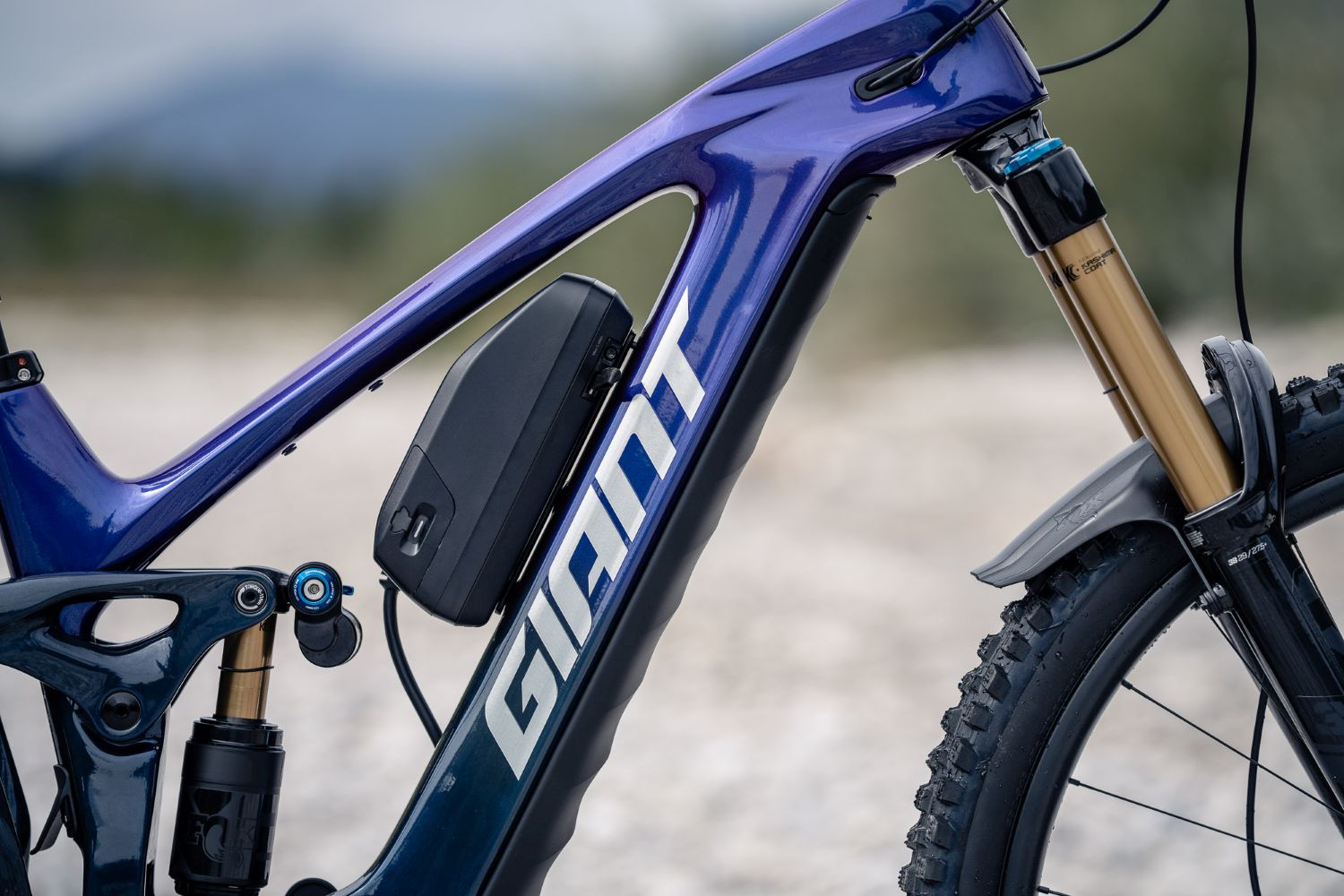When RockShox introduced the SID (aka: Superlight Integrated Design) fork in 1998, it marked a turning point for cross-country racing. At a time when mountain biking was still evolving into sub-disciplines, the SID was purpose-built for weight-conscious cross-country riders chasing every possible gram in pursuit of speed and efficiency.
Key details of RockShox SID SL
- Product: RockShox SID SL
- Travel: 100mm and 110mm
- Tyre clearance: Up to 29” x 2.4”
- Spring: DebonAir+
- Weight: 1390g (SID SL Ultimate, 110mm, uncut steerer)
- Colour: Electric Red
- Models Available: Base, Select, Select+, Ultimate, Flight Attendant
Over the years, SID forks evolved with the sport itself, progressing to a Dual Air spring system, then compression and rebound adjustment, Boost spacing, two- and three-position lockout, and now – with the release of the new SID SL – upgrades including a DebonAir+ spring, a redesigned chassis with increased bushing overlap, greater tyre clearance for up to 29” x 2.4”, and ditching the blue for the new Electric Red colourway.
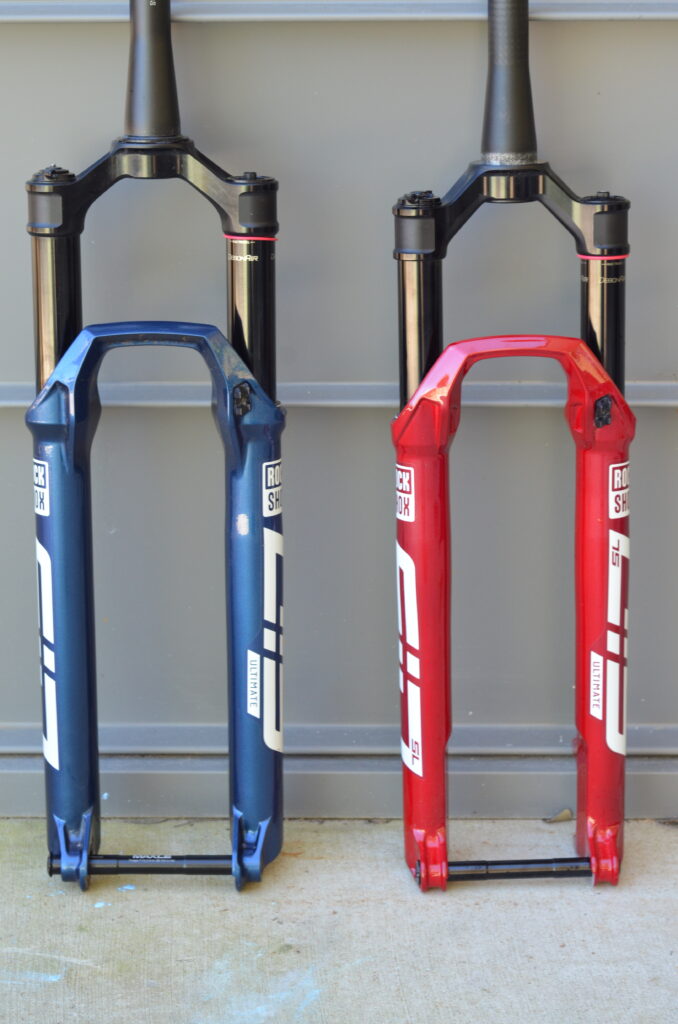
Spied on many World Cup race bikes this season, the new SID SL features a few updates from the previous model (DebonAir+, increased bushing overlap, 29” x 2.4” capacity and that zinging red colour) and is available in 29” only. The new SID SL is offered in 100–110mm options and weighs a feathery 1,390g (SID SL Ultimate, 110mm travel, three-position with uncut steerer).
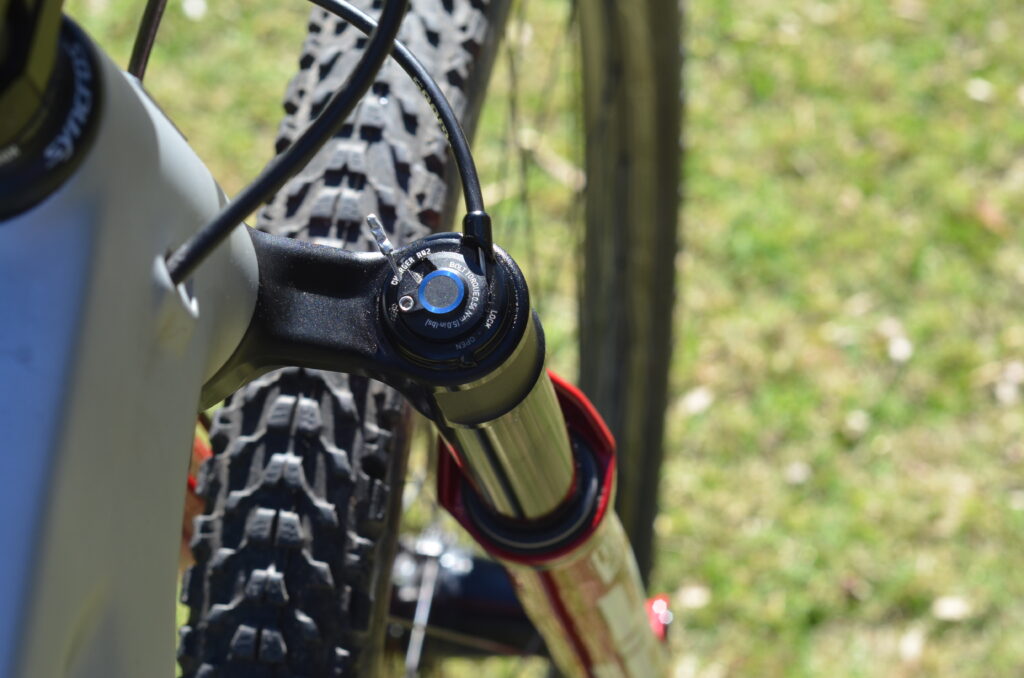
With a 32mm chassis, the new SID SL range includes the SID SL Base, Select, Select+, Ultimate and Flight Attendant options. All models are available in two or three-position (aside from the Flight Attendant, whose automatic lockout feature renders manual lockout unnecessary), with the key difference being a machined, anodised crown for the SID SL Ultimate, and the Charger Race Day 2 Damper on the Flight Attendant, Ultimate and Select+ models. The Select features the Charger Damper, and the SID SL Base model comes with the Rush RL Damper.
Cross Country Travel: Is More Better?
In a market where brands increasingly blur the lines between trail and cross country, we are used to seeing travel increase, even on World Cup-level bikes. It’s not uncommon to see 120/120mm travel bikes getting around at pace at the highest levels in the sport.
As you lengthen travel, the front end of cross-country bikes becomes higher and heavier. Forks with 120–130mm travel mean that smaller riders look to find unusual solutions to bike setup problems, as ultra-steep climbs require weight on the front wheel to maintain traction. Ultimately, while you can lose a race on the descent, it’s rare that this is where it’s won. A bike set up to handle better for a smaller rider arguably offsets any benefits of extra travel for that rider.
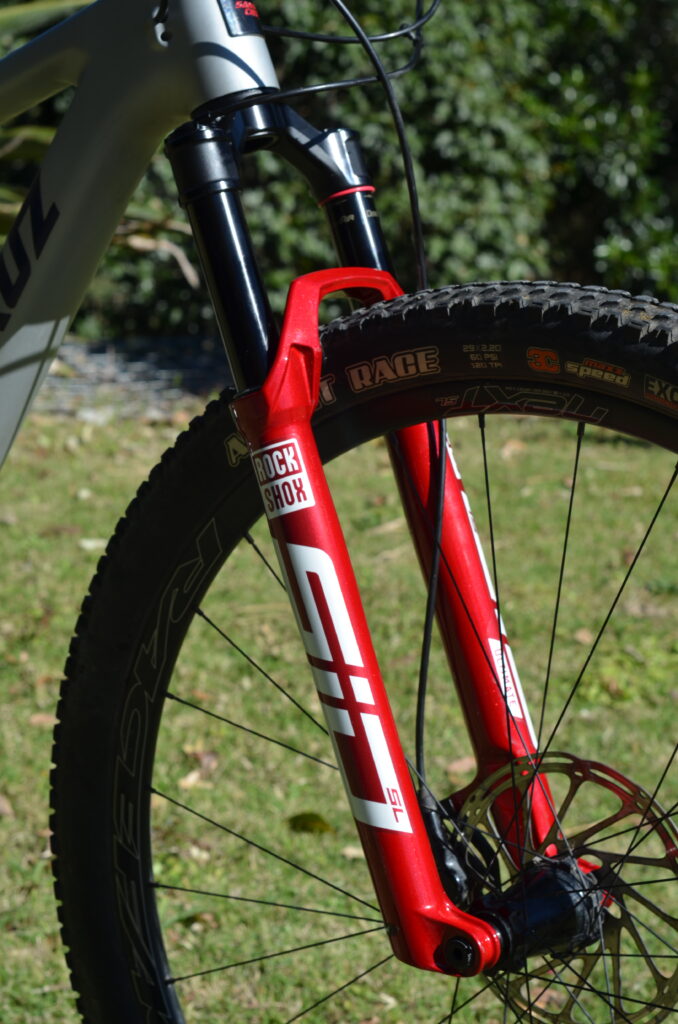
Personally? I love a 110mm cross-country fork option. For long days riding up punishing climbs, even the 10mm extra height of a 120mm fork can prove difficult to set up for efficiency. While I’ve loved watching the evolution of the SID through the years – to the point where my SID Ultimate 120mm fork has addressed the model’s earlier issues with a non-progressive feel into a personal choice over other options in the market.
For me, someone who is hoping to hoon around a few club races per year, it’s absolutely a quibble at best – 110 vs 120 vs 130mm travel is not a dealbreaker in my lacklustre local loop performance. If you’re Rebecca Henderson, Mona Mitterwallner, or Sina Frei – or even a state or national-level racer with goals to reach – it may be somewhat more of a big deal.
Trail testing Rockshox SID SL
Everything in life is a trade-off, and nothing illustrates that more than the demands of cross-country racing. While riders need to survive the descents, cross-country is as much about the climbs – hence we don’t see chunky enduro tyres on cross-country race bikes. Is it so different with suspension?
Coming from the SID Ultimate 120mm fork to the SID SL, there were some subtle differences in ride quality that were as much about the height difference between 110mm and 120mm as they were about fundamental differences between the two forks. The SID SL affords you a slightly lower front end, and the 32mm chassis in place of the SID Ultimate’s 35mm meant that immediately, my bike felt more like an old-school cross-country bike of yore.
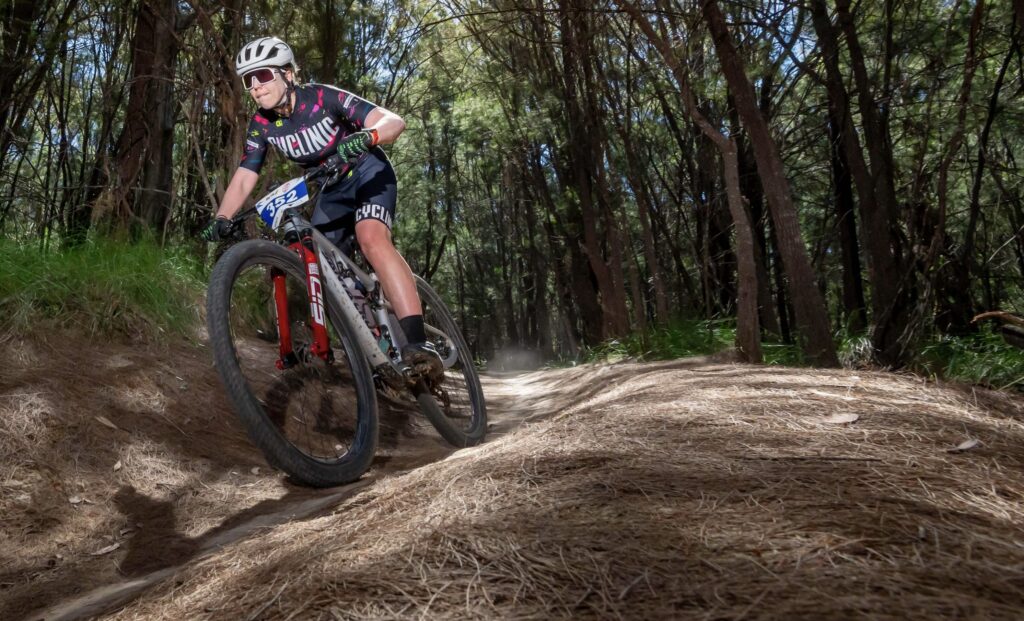
Running the three-position lockout across both forks, the experience was exactly the same, offering a supportive middle platform and a firm ‘lock’ for those who travel to the trails on bitumen or enjoy the locked feel on long fire-road climbs. That being said, small-bump sensitivity is reasonably solid with the SID Ultimate, meaning I can easily live with the open and middle settings – no drama there.
While I didn’t directly notice less stiffness with the 32mm vs 35mm chassis at 63kg, I’d wager a bet that larger cross country riders would do better with the 35mm platform of the SID Ultimate.
Final thoughts on the Rockshox SID SL
The new SID SL is a timely reminder that more travel isn’t always better – especially in cross country racing, where efficiency and precision matter just as much as comfort. With thoughtful updates, and refined ride feel, the SID SL proves there’s still a strong case for 100–110mm forks. For riders chasing podiums or just clean lines through tight singletrack, it hits a sweet spot that balances control, speed, and simplicity.

